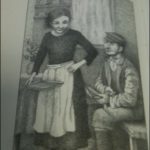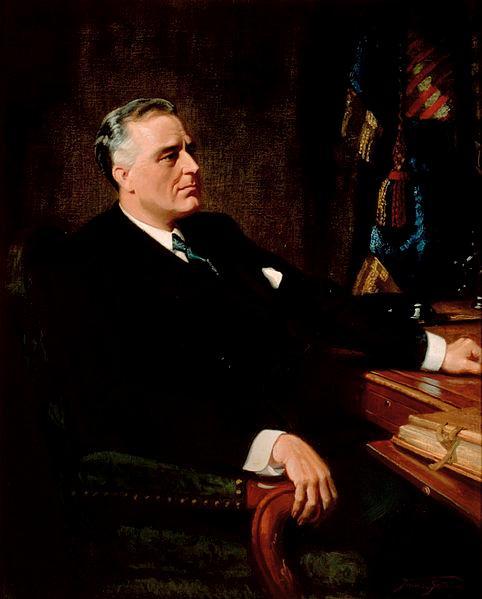“But the wild things cried, ‘Oh please don’t go—We’ll eat you up—we love you so!’” —Maurice Sendak (1928-2012)
Remembering Maurice Sendak
by Melanie J. Meyers, M.S., Senior Reference Librarian, Center for Jewish History
Maurice Sendak passed away yesterday, May 8, in Danbury, CT. The legendary children’s author was a born and bred New Yorker, with his Polish-Jewish family hailing from Brooklyn. He was the recipient of many prestigious awards, including the Caldecott Medal, the Laura Ingalls Wilder Award, the National Book Award, and the National Medal of Arts. Sendak was 83 years old.
Over the course of his prolific career, he wrote countless books, including the classics Where the Wild Things Are, Alligators All Around, Chicken Soup with Rice and the Little Bear series, which has been adapted into a children’s animated television show. One of his most popular books, In the Night Kitchen, has the distinction of being one of the “Most Challenged” books of all time, according to the American Library association. If a book is “challenged,” it means that citizens have petitioned to have it removed from a public or school library for offensive content. In the case of this book, the gleeful nudity of the child protagonist as he romps through a fantasy bakery is the “offensive content” in question.
Sendak was instrumental in the creation of the beloved children’s television show Sesame Street, as he was an advisor to the Children’s Television Workshop during the original years of the series. In his later years, Sendak also collaborated with famed playwright Tony Kushner to stage Brundibar, an updated version of the Czech children’s opera. Sendak created the illustrations for the book version of the project, which was chosen by The New York Times as one of the best illustrated books of 2003.
Sendak donated his personal papers (over 10,000 documents, sketches and objects) to the Rosenbach Museum in Philadelphia in the 1970s. Sometimes, he could be curmudgeonly to the press, recently giving a series of caustic (and hilarious) interviews to Stephen Colbert. However, he often answered fan letters from children personally and included small drawings in his responses.
When Terry Gross asked him about his favorite comments from readers, Sendak said: “Oh, there’s so many. Can I give you just one that I really like? It was from a little boy. He sent me a charming card with a little drawing. I loved it. I answer all my children’s letters—sometimes very hastily—but this one I lingered over. I sent him a postcard and I drew a picture of a Wild Thing on it. I wrote, ‘Dear Jim, I loved your card.’ Then I got a letter back from his mother and she said, ‘Jim loved your card so much he ate it.’ That to me was one of the highest compliments I’ve ever received. He didn’t care that it was an original drawing or anything. He saw it, he loved it, he ate it.” (Source: NPR Books)
In the collections here at the Center for Jewish History, there are books that discuss Sendak’s life and work, such as The Art of Maurice Sendak and a collected book of his posters, among others. Additionally, you can find copies of Zlateh the Goat by Isaac Bashevis Singer, which Sendak illustrated. (Sendak claimed that his parents finally took him seriously as an illustrator after his illustration of Singer’s book.) There is also In Grandpa’s House, which is illustrated by Sendak but authorship is credited to his father, Philip. It is a collection of stories—translated from the original Yiddish—that had been passed down through the family. And, of course, the Center for Jewish History exhibition The Jewish Writer displays a photo of Sendak (who is posing with giant puppets of his famous “Wild Things”) taken by photographer Jill Krementz.
Maurice Sendak’s books have delighted generations of children and adults alike, and his descriptions of Max in his wolf suit or a child “riding a crocodile, down the chicken soupy Nile” will forever be part of our collective memory. As he said in an interview in 1993, “One of the few graces of getting old—and God knows there are few graces—is that if you’ve worked hard and kept your nose to the grindstone, something happens: The body gets old but the creative mechanism is refreshed, smoothed and oiled and honed. That is the grace. That is the splendid grace. And I think that is what’s happening to me.”
“There must be more to life than having everything!” —Maurice Sendak. RIP.
Images featured above:
from In Grandpa’s House
from Zlateh the Goat and Other Stories



